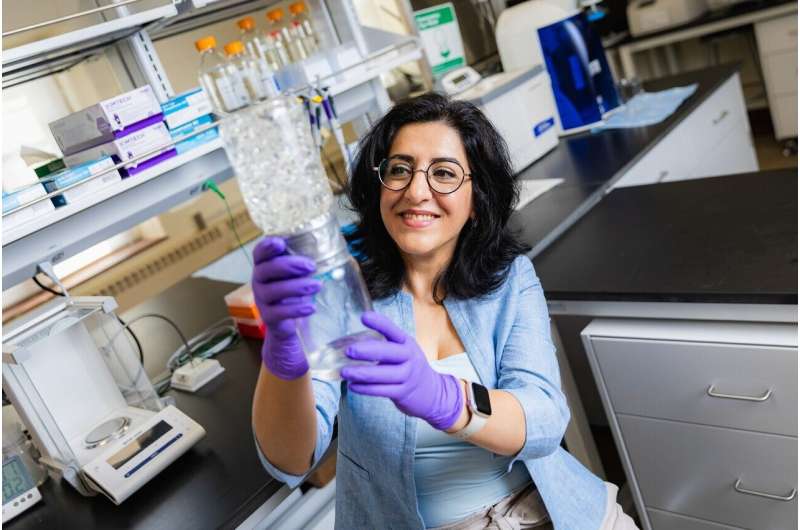
A recent study published in Nature Communications has unveiled critical insights into the behavior of cell membranes, revealing that their flexibility is primarily influenced by the packing density of lipids rather than the type of lipids themselves. Conducted by physicist Rana Ashkar and her team at Virginia Tech, this research could have profound implications for various fields, including disease intervention and artificial cell technology.
Understanding Membrane Dynamics
Cell membranes serve as protective barriers, regulating what enters and exits living cells. They are predominantly made up of lipids, which can adapt their composition based on external factors such as diet, pressure, and temperature. This adaptability, known as homeostasis, is essential for maintaining cellular health.
Historically, researchers struggled to connect the physical properties of membranes to their structural composition. For years, scientists observed inconsistent results when introducing cholesterol into model membranes. Some membranes became more rigid, while others did not change at all. Ashkar noted, “It caused a dilemma in the field. Somehow cholesterol changed the structure of some membranes but not their elastic properties.”
Determined to uncover the underlying principle, Ashkar’s team shifted their focus from macroscopic measurements to the nanoscale. By utilizing neutrons and X-rays, they discovered that the critical factor affecting membrane elasticity is how tightly the lipids are packed together. Some lipids resist crowding, while others can be densely packed, similar to sardines in a can.
Implications for Future Research
The findings indicate that packing density is a fundamental determinant of membrane flexibility, which in turn plays a vital role in cell viability. To validate these results, Ashkar collaborated with Michael Brown from the University of Arizona and Milka Doktorova from Stockholm University. Their work included nuclear resonance experiments and computational studies, further confirming the unified biophysical laws established by Ashkar’s lab.
Ashkar emphasized the significance of these insights, stating, “Membranes can have remarkable compositional complexity, but what really matters in determining or predicting their elasticity is how packed they are. That is a very powerful design principle that cells seem to follow, and we can now apply in engineering lifelike artificial cells.”
The implications of this research extend beyond basic science. Understanding how to manipulate membrane properties through lipid packing could inform the development of targeted drug delivery systems and improve artificial cell technologies. As researchers continue to explore the complexities of cell membranes, these findings mark a significant advancement in the field of membrane biophysics.
For more information, refer to the original article: Teshani Kumarage et al, “Cholesterol modulates membrane elasticity via unified biophysical laws,” published in Nature Communications on August 1, 2025. DOI: 10.1038/s41467-025-62106-0.







